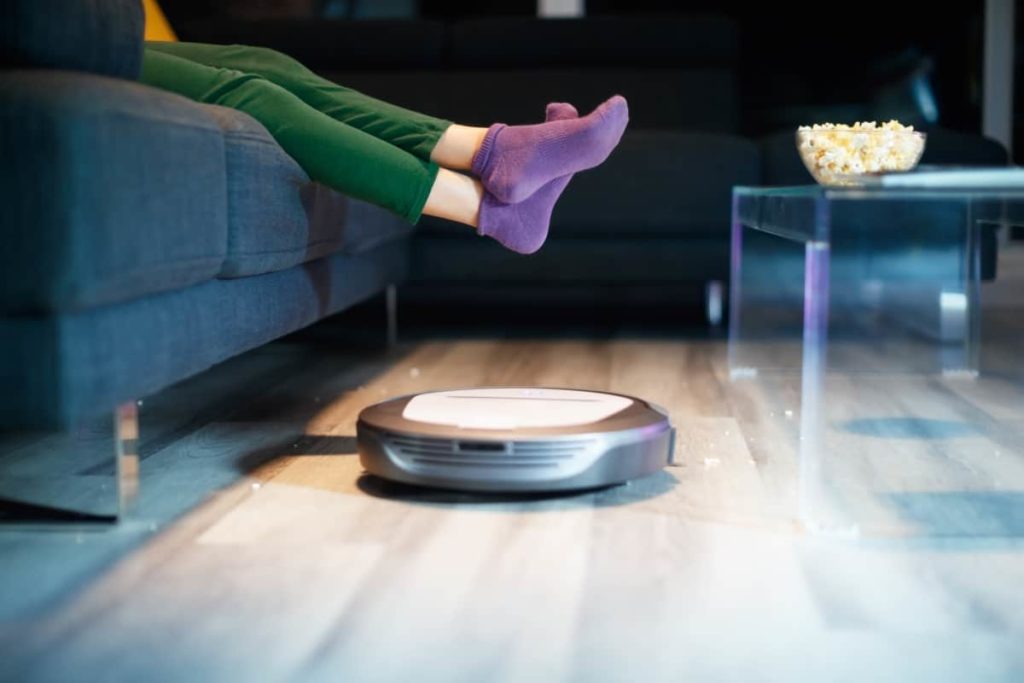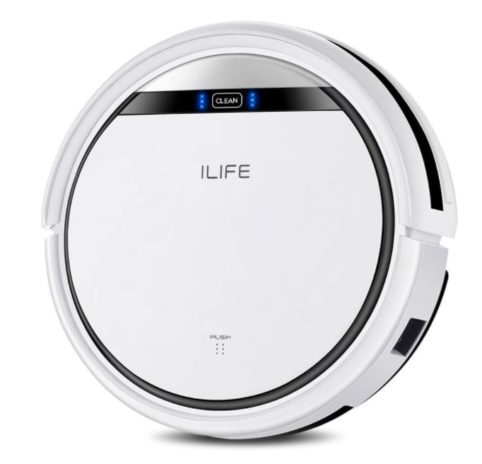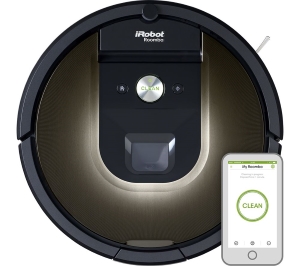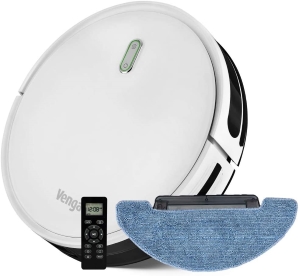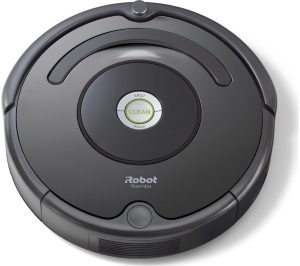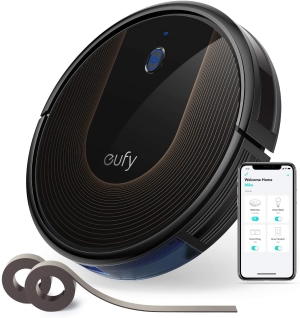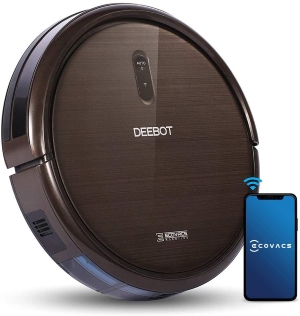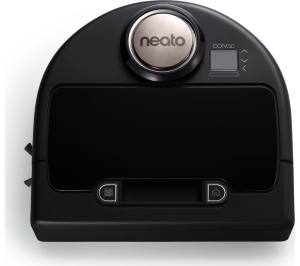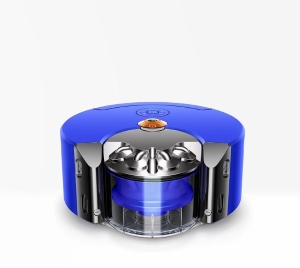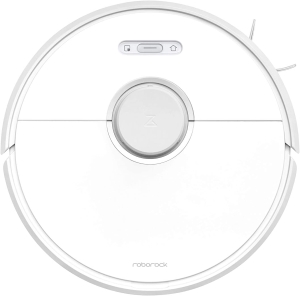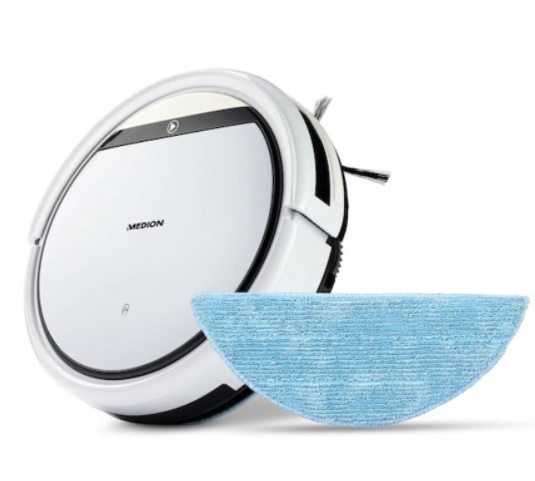Why Choose A Robot Hoover?
The idea behind robot hoovering is a good one, theoretically keeping your carpets and floors completely clean without you ever having to lift a finger.
But are they any good in practice?
For those who live in smaller, minimalist homes such as an apartment/flat or have mostly wooden and laminate floors, robot vacuums can be a great time saver, removing the need for constant sweeping and hoovering from yourself.
They also do a decent enough job on carpets and if you buy a state of the art machine with clever sensors, your robot should cover every nook and cranny of your home, avoiding furniture and other obstacles. This has meant many people can get by without ever having to hoover again, their chore simply switching to recharging their robot and changing their dust canisters every so often.
They’re also brilliant for people with young children or pets, as they help keep on top of the constant crumbs and pet hair that can build up in no time at all.
That being said, it’s important that you realise a robot vacuum cleaner is not always the right substitute for a standard upright vacuum cleaner – especially if you live in a home with more than one floor with plenty of carpeted areas.
That’s because the size and strength of these much smaller machines are simply no match for the traditional hoover, meaning they will not as effectively clean carpets and simply won’t be able to tackle your stairs, crevices and upholstery. Therefore certain homeowners may still be required to use a traditional vacuum ever so often to keep on top of those harder to clean areas a robot vacuum cleaner struggles to reach.
In this instance, although a robot hoover would still mean far less housework for yourself, it doesn’t guarantee the feet up and completely chore-free lifestyle you might be imagining!
Things To Consider When Buying A Robot Vacuum Cleaner
Price
The range in price for robot hoovers varies drastically with upmarket navigational marvels costing well over £1000 and the cheapest models coming in at around the £80 mark.
Given that a robot vacuum isn’t going to give you a deeper or better clean than a standard hoover, we’d recommend not blowing your budget if you have a particularly large home with lots of furniture and stairs, as a robot vacuum will struggle to navigate the area as efficiently.
For a high-quality machine, it’s also best to go for something around £150 or above, as any lower than that tends to hint at a poorly made machine and untrustworthy brand.
All in all, our advice is to try and not spend thousands, but also avoid lower-quality and poorly made cheap machines. As a rough guide, we suggest spending between £150 to £700 to ensure you bag yourself a commendable and reliable new robot!
Size
The bigger and chunkier your robot, the more powerful you hope it’ll be. Unfortunately though, a mega sized robot may be a stumbling block if it can’t do useful things such as pass underneath your sofas!
Your Home Size
Some models fare better in smaller environments, especially if a cheaper budget option, more sophisticated models however are built to tackle vast spaces and multiple floors.
Floor Surfaces
Certain robot cleaners provide better cleaning depending on the surface and so which kind your home has more of may influence your purchase.
While almost all models can do a good job on both carpet or hardwood surfaces, some are better at one than the other. If your home changes from one to the other quite frequently, you may want to consider a higher-end model that automatically switches to a higher or lower power depending on whether it’s on carpet or hard flooring.
Another important thing to factor in is the colour of your floors. If you have particularly dark or black flooring, infrared sensor vacuums may confuse the flooring with an obstacle or wall and avoid going over the threshold. This means you may have to seek out laser guided or virtual mapping devices to improve the vacuums likelihood of success.
Key Features To Consider For Robot Hoovers
Sensor Ability
Without a high quality smart technology installed within, a robot vacuum wouldn’t get more than a couple of inches without slamming into the side of your sofa, where it would presumably be stuck until it ran out of battery.
Most robots use infrared sensors or laser guided scanner technology to be able navigate around a room, changing direction when coming across an obstacle or avoiding perilous falls when meeting a flight of stairs.
More sophisticated machines might use cameras or mapping technology to get a better sense of their environment, while many also boast dirt sensors which means particularly dusty areas will be hunted down and given the once over.
Remote Control/App Technology
If there’s a lack of sensor ability or you’re just a bit of a control freak, some models come with remote control or integrated app compatibility so that you can control the robot via android or iPhone. App technology will often give you a variety of different options to get the best out of your machine, such as setting timings, keeping track of cleaned areas and more.
Battery Power
Unfortunately, there’s still a little work to be done once you’ve purchased your wee robot cleaner, that namely being the new quicker chore of recharging it when it runs low on power.
The best models come with charging docking stations that a robot will return to automatically when they sense their energy is low, however, most require you to plug them in yourself.
Charging times and battery life vary between models, so be sure to check them out, with long life and low charge times naturally being what you’re looking for.
In general, the fastest charge times are 1 – 2 hours, with standard models taking around 3 hours to reach full charge. If time isn’t of the essence or the bot has automatic return-hub charging though, anything over 3 hours may not be an issue.
The longest run-times can extend to up to 2 hours if you’re lucky, with worse run times lasting an hour or less. Be sure to read into how different cleaning modes effect a run time, as some models will describe offering a runtime ‘up to’ a certain amount, yet will of course last way less if placed on a more energy sapping cleaning mode.
Cleaning Modes
These describe the different modes and functions your robot can cycle through and as far as we’re concerned the more the merrier.
The more expensive a machine is, the more modes it tends to have. These are often features such as a spot clean mode for focusing on one area, auto-clean modes, modes designed to tackle edges or tight spaces, as well as higher powered suction options.
Smart Home Vacuums
If having a little robot cleaner wasn’t futuristic enough, some app compatible models allow you to also connect your vacuum up to your Google assistant or Alexa smart home system.
This means you may be able to create voice command features and more!
Brush Type
Robot vacuums contain brushes just like a normal vacuum to help sweep up stray bits and bobs and the type of brushes used can have a big impact on your robot’s effectiveness.
Wider, turbo brush bars can help give great coverage, while brush bars with beaters are more successful at lifting tricky, sticky objects that need helping up off the surface. Sweeper brushes are another form which may look weak but are actually good at collecting dirt and sweeping it directly into the vacuum.
Dust Capacity
Due to their dinky nature, robot hoovers hold much less dust than a normal vacuum and so the rare occurrence where you have empty the canister will become a lot more well known to you if you purchase a poor capacity robot.
As a rough guide, you want to be looking for something with around 0.5L or more.
Boundary Blockers/ Virtual Wall
Another feature more commonly found in the pricier models, boundary blockers allow you to create areas you don’t want your vacuum venturing into, such as a child’s room where it might sweep up all their lego.
This can either be done by placing a special magnetic tape over boundary areas which are detected by the vacuum’s sensors, or programmed as a restricted area via a vacuum’s mapping technology.
Hybrids
Some robot vacuums offer more than just simple sweeping and sucking, with hybrid mop and vacuum robots becoming increasingly popular.
In our experience, these aren’t always the best models and are better in theory than practicality.
However, if mopping isn’t one of your favourite pastimes either, hybrids are a great way to kill two birds with one stone!


